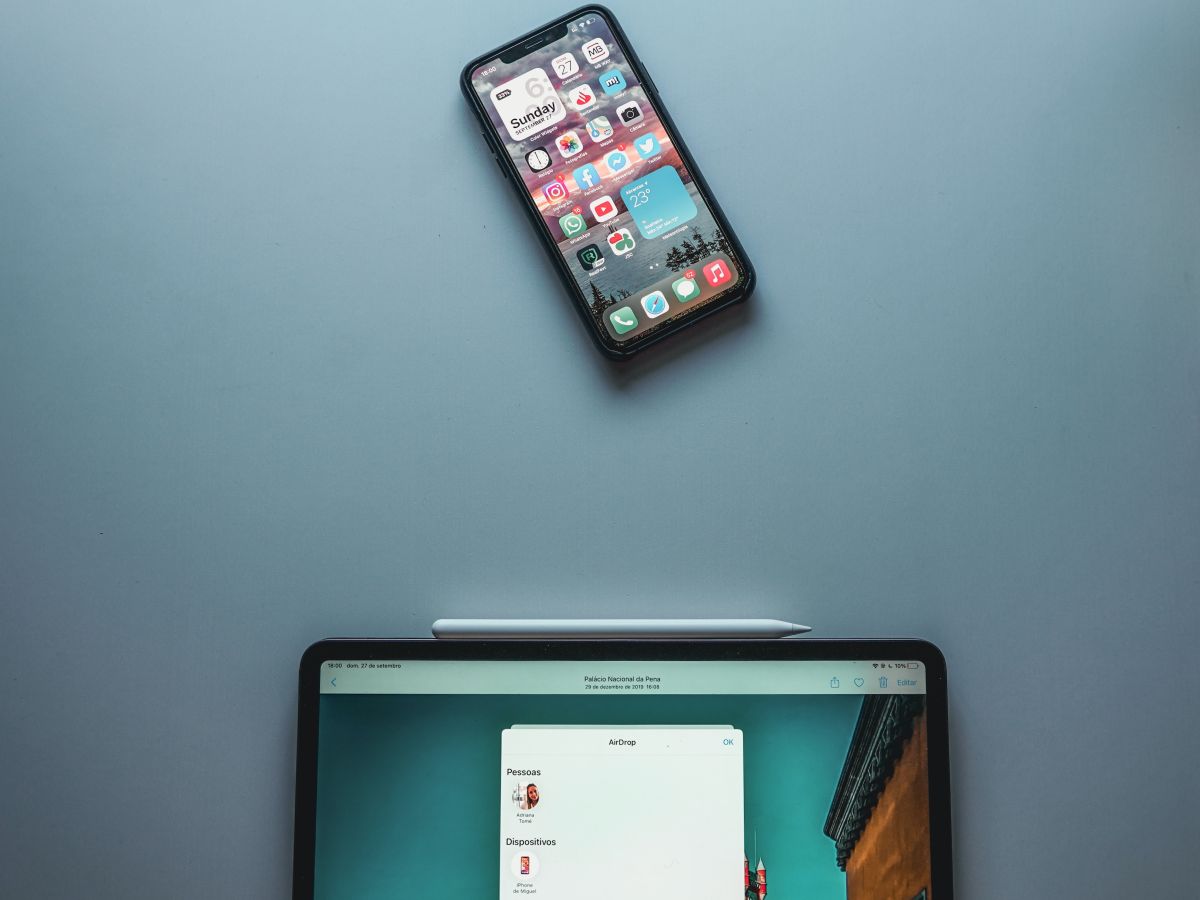
The conspiracy about our location on mobile devices is reaching further and further, there are many users who, suspicious of their privacy, try to keep all this type of monitoring mechanism at bay. However, for most users it is indifferent whether they are activated or not, in fact, where this type of function really affects us on a day-to-day basis is battery consumption. However, as the device is ours and we are the ones who are going to decide what to do or not, We're going to show you how to disable frequent location tracking on your iPhone, a feature that can easily go unnoticed by users.
It is totally true that they have not made it easy to locate. This function came to iOS with iOS 7, some time ago, and from time to time we like to remember that this function is there and that we can deactivate it whenever we want. Personally, it is one of the functions that I first deactivate when purchasing or configuring a new iOS device, especially considering that this functionality is pre-activated as standard, and users are not asked if we agree with it or not, although we imagine that it has its mention in the so-called "use and privacy agreements".
Ultimately, this function is called «Frequent Locations» and is in the privacy settings. Thus, the device will be able to keep a history about the places we visit more regularly, informing about the time we have been in that place and the times we have been. The information will be displayed on a map when we access "Frequent Locations" and select one in question. This information is supposedly stored only on the iPhone, and not on Apple's servers, and is used to configure custom features such as traffic measurement and the route from home to work. However, the reality is that in addition to following us, it consumes battery, it is time to get rid of it.
How to disable "Frequent Locations" on iPhone

How could it be otherwise, we are going to go to the iPhone settings application. Once inside, we will go directly to «Privacy «. When we have entered Privacy we are going to stop at the first of the sections, the "Location" section, so we enter.
Then we are going to go down between all the applications and location services, until the indicative of «System Services«, The last of all. If we go in, we see various system services like compass calibration and things like that, but we're going to focus on «Frequent Locations«. That's where it will seem like a single switch to activate or deactivate it, and just below we will have the history of the frequent locations that our phone has stored for us. If we have some data, first we will click on "delete history" that appears in blue, and then deactivate the switch for frequent locations.
RActually this data is not stored on Apple's servers, so they cannot be shared nor do they pose a risk to our privacy in quotes. But what we have been able to realize is the fact that this function consumes a lot of battery by itself, so we recommend uninstalling it, mainly because the advantages it offers us are minimal or unnecessary, and because battery saving is perhaps essential before settings like this.
But since we are in the «Privacy " Y "Services of the system«, We are going to take advantage of to deactivate many others that also consume battery and are used for little or nothing, which are the following:
- Apple Ads by location
- Notices by location
- Wi-Fi network connection
- HomeKit
- Suggestions based on location
From my point of view, these functions are completely unnecessary and are clearly aimed at advertising monitoring, so we can deactivate them without any fear of losing functionality. At most we will lose a notice or possible offer when entering the Starbucks on duty.

Alright let's try, I hope the battery lasts longer thanks friends
Okay. I don't like being so watched !!